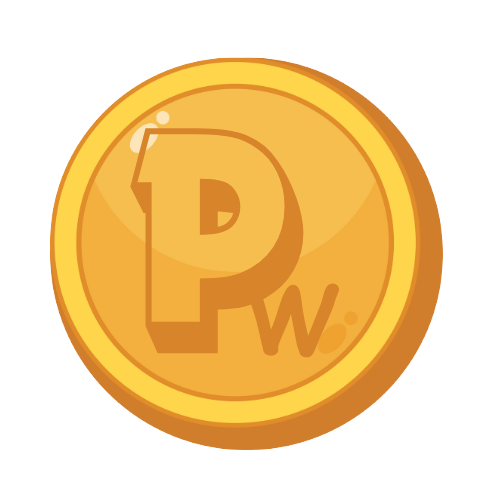Introduction
Living off dividends is a dream for many investors — the idea of generating passive income from dividends without dipping into your principal is appealing. But is it truly possible to sustain your lifestyle on dividend income alone? The answer depends on several factors, including how much you have invested, the types of dividend stocks you own, and your financial needs.
How Much Money Would You Need Invested?
The amount you need to live off dividends depends largely on your annual living expenses and the dividend yield of your portfolio. Here’s a simple formula:
Required Investment = Annual Expenses ÷ Dividend Yield
For example, if your annual expenses are $40,000 and you aim for a 4% dividend yield:
$40,000 ÷ 0.04 = $1,000,000
That means you’d need $1 million invested to cover your expenses without touching your principal.
Important Note: Your actual required amount could be more or less based on lifestyle, inflation, taxes, and yield stability. If you’re striving for financial independence with dividends, it’s important to plan ahead and calculate how much you need to generate the necessary monthly dividend income.
What’s a Realistic Dividend Yield to Expect?
A realistic dividend yield typically falls in the 2%–5% range for a diversified, lower-risk portfolio. Here’s how yield tiers break down:
-
2%–3%: Common among stable blue-chip companies (e.g., Johnson & Johnson, Coca-Cola).
-
4%–5%: Seen in sectors like utilities, REITs, and dividend-focused ETFs.
-
6%+: Possible, but often riskier and may include companies with unstable dividends or declining fundamentals.
Avoid chasing ultra-high yields, as they may be unsustainable or signal underlying financial problems. When considering how much you need to live off dividends, remember that dividend yield should strike a balance between income and risk.
Which Types of Stocks Pay the Best Dividends?
Here are categories that historically offer strong, consistent dividends and are worth considering for your dividend income strategy:
-
Dividend Aristocrats: S&P 500 companies with 25+ years of dividend increases (e.g., Procter & Gamble, McDonald’s).
-
Utility Stocks: Known for steady cash flow and high yields (e.g., Duke Energy).
-
Real Estate Investment Trusts (REITs): Legally required to pay out 90% of taxable income as dividends.
-
Business Development Companies (BDCs): Often yield above 6%, but with added risk.
-
Preferred Stocks: Hybrid securities that offer fixed dividend payments.
If you’re focused on building a dividend portfolio for passive income from dividends, it’s essential to diversify across these sectors to mitigate risks while maximizing yield.
How Often Are Dividends Typically Paid Out?
Dividends are most commonly paid quarterly, but you may also encounter:
-
Monthly payouts (e.g., Realty Income Corporation – ticker: O)
-
Semi-annual or annual payouts, especially with foreign companies
Having a mix of payment schedules is an excellent strategy when working towards monthly dividend income. A dividend portfolio with dividends coming in at different times of the year ensures you have a consistent cash flow, helping you retire with dividends when the time comes.
How Do You Build a Dividend Income Portfolio?
Here are the steps to structure a reliable dividend portfolio to achieve financial independence with dividends:
-
Set Income Goals: Determine how much you need per month or year from your dividend income.
-
Choose a Reasonable Yield Target: Aim for 3%–4% to balance growth and income.
-
Diversify Across Sectors: Avoid concentration risk by spreading investments across industries.
-
Include Dividend Growth Stocks: Companies that increase dividends over time can offset inflation.
-
Use Tax-Advantaged Accounts: Consider IRAs or Roth IRAs for tax efficiency (U.S.-specific).
-
Reinvest Early, Withdraw Later: Use DRIPs (Dividend Reinvestment Plans) while building your portfolio.
This approach ensures that you are setting yourself up for success when working towards retiring with dividends and financial independence with dividends. Be patient and focus on long-term growth with the best dividend stocks.
Bottom Line
Yes, you can live off dividends — but it takes planning, discipline, and a sizable investment. Most people need a seven-figure portfolio to replace their income solely through dividends. The key is focusing on quality dividend-paying assets, maintaining diversification, and managing risk. With the right strategy, you can enjoy the financial freedom of passive income from dividends.
FAQs
Q: Is it safe to rely on dividends for income in retirement?
A: It can be, especially with a diversified, high-quality portfolio of best dividend stocks. However, dividend cuts and market fluctuations are risks to consider, so focus on stable companies that align with your dividend income strategy.
Q: Are dividend stocks better than bonds for income?
A: Dividend stocks often offer higher yields and potential for capital appreciation, but they carry more market risk than bonds. Bonds offer more predictable returns, while dividend stocks can provide higher income potential and the opportunity to grow your principal over time.
Q: Can I live off dividends in my 30s or 40s?
A: Yes, but you’d typically need a large portfolio early on — often built through aggressive saving, investing, and reinvested dividends. The earlier you start building a dividend portfolio, the better.
Q: What happens to dividends during a market crash?
A: Some companies may reduce or suspend dividends during a downturn. That’s why diversification and focusing on companies with strong balance sheets is critical to protecting your dividend income.
Q: Do I pay taxes on dividend income?
A: Yes, unless held in a tax-advantaged account. Qualified dividends in the U.S. may be taxed at a lower rate than ordinary income, but be sure to understand your tax obligations when planning to live off dividends.

Owner of Paisewaise
I’m a friendly finance expert who helps people manage money wisely. I explain budgeting, earning, and investing in a clear, easy-to-understand way.

